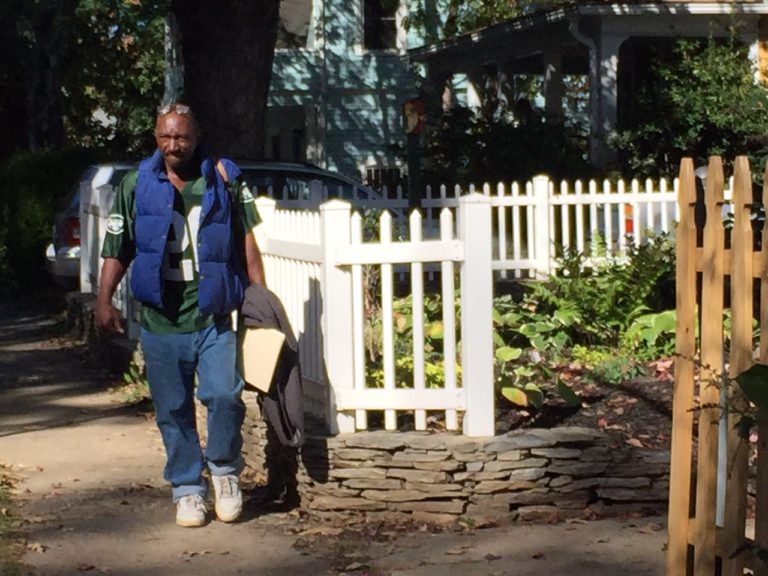Asheville has a lot of miles of sidewalk, and maintaining that sidewalk isn’t cheap. Many of the City’s new sidewalks are financed as part of a larger project, but as we continue to build our multimodal network, neighborhood sidewalks are an important piece to that network.
Our larger projects often do not involve neighborhoods, so last year City Council approved a Neighborhood Sidewalk capital category in the budget. This was to ensure that some funds are available for needed neighborhood sidewalks. Once the funding was available, the City needed an objective way to prioritize where that limited money was spent.
On Oct. 13, Asheville City Council passed the Neighborhood Sidewalk Policy to address this need.
Neighborhood sidewalks, as stated in the policy, “have the purpose of creating safe connectors to education, business, transportation, recreational or government centers.”
The policy is the product of a year-long project of the Multimodal Transportation Committee, who at the direction of Council designated a sidewalks subcommittee tasked with designing a neighborhood sidewalks program. This policy defines minimum requirements (such as traffic volume) and prioritization criteria (like proximity to destinations) for streets that may benefit from sidewalk development or redevelopment.
The sidewalks subcommittee gathered community input via a survey that was administered at the Festival of Neighborhoods and through emailing lists and community organizations this past summer, and presented the recommended draft policy at the Oct. 13 meeting. Council made some changes to the policy, and adopted it unanimously.
“The City thanks our volunteer committee and subcommittee members for their work over the last year,” said Mariate Echeverry, Transportation Planning Manager. “We anticipate the neighborhood sidewalks policy will be a great tool to help us prioritize needed linkages.”
New policy helps Asheville prioritize neighborhood sidewalk needs
